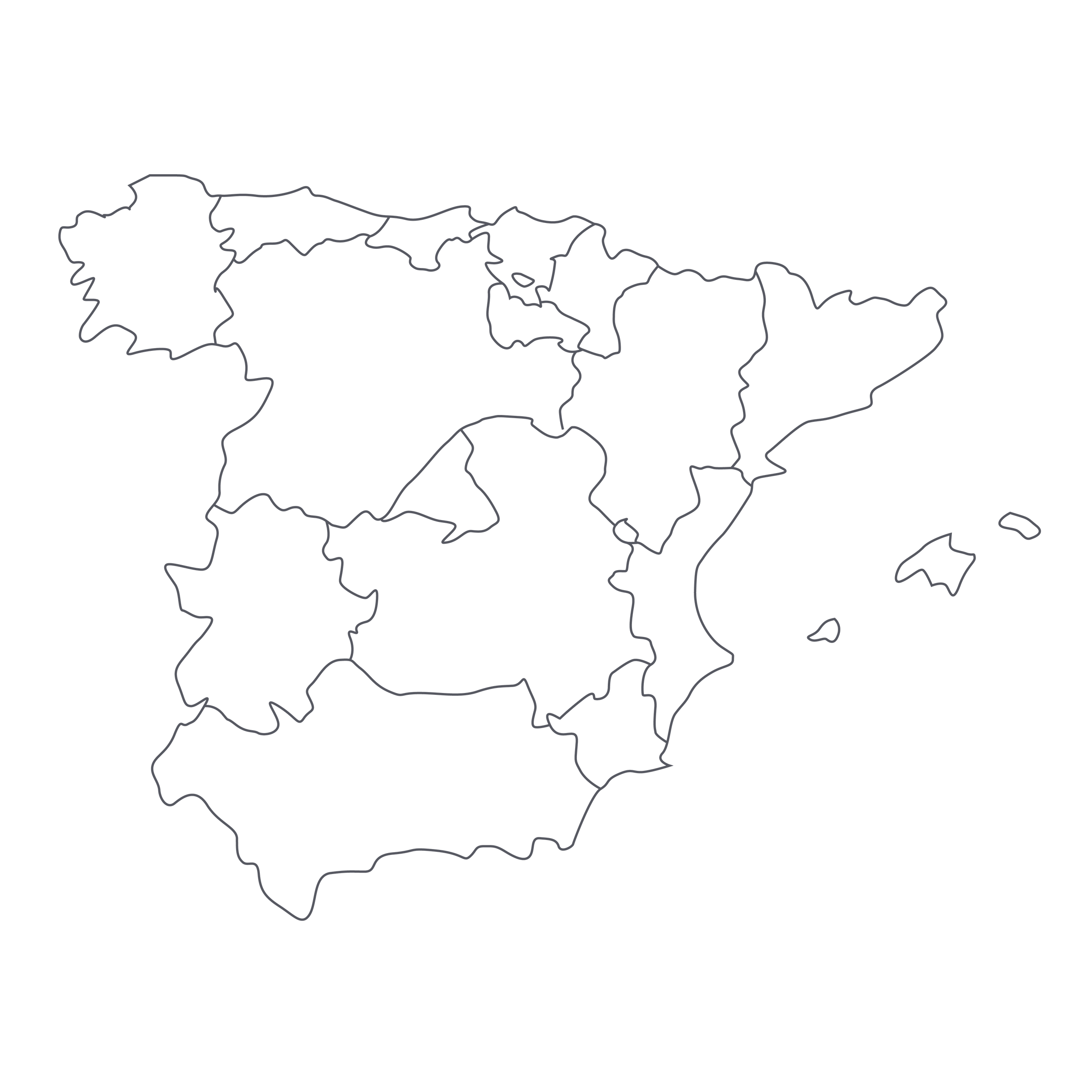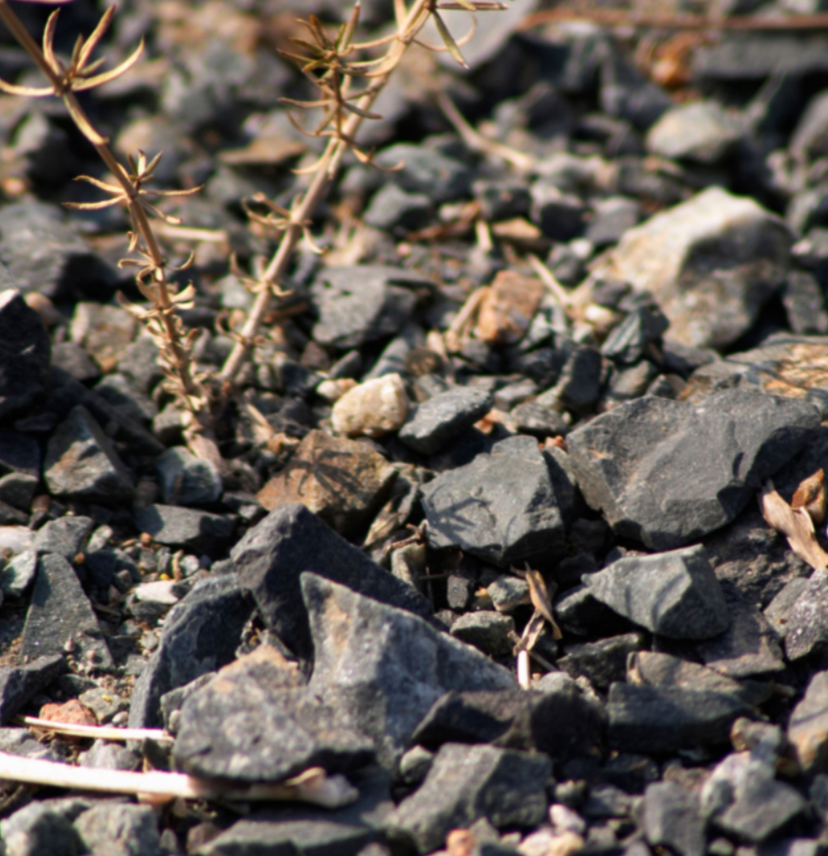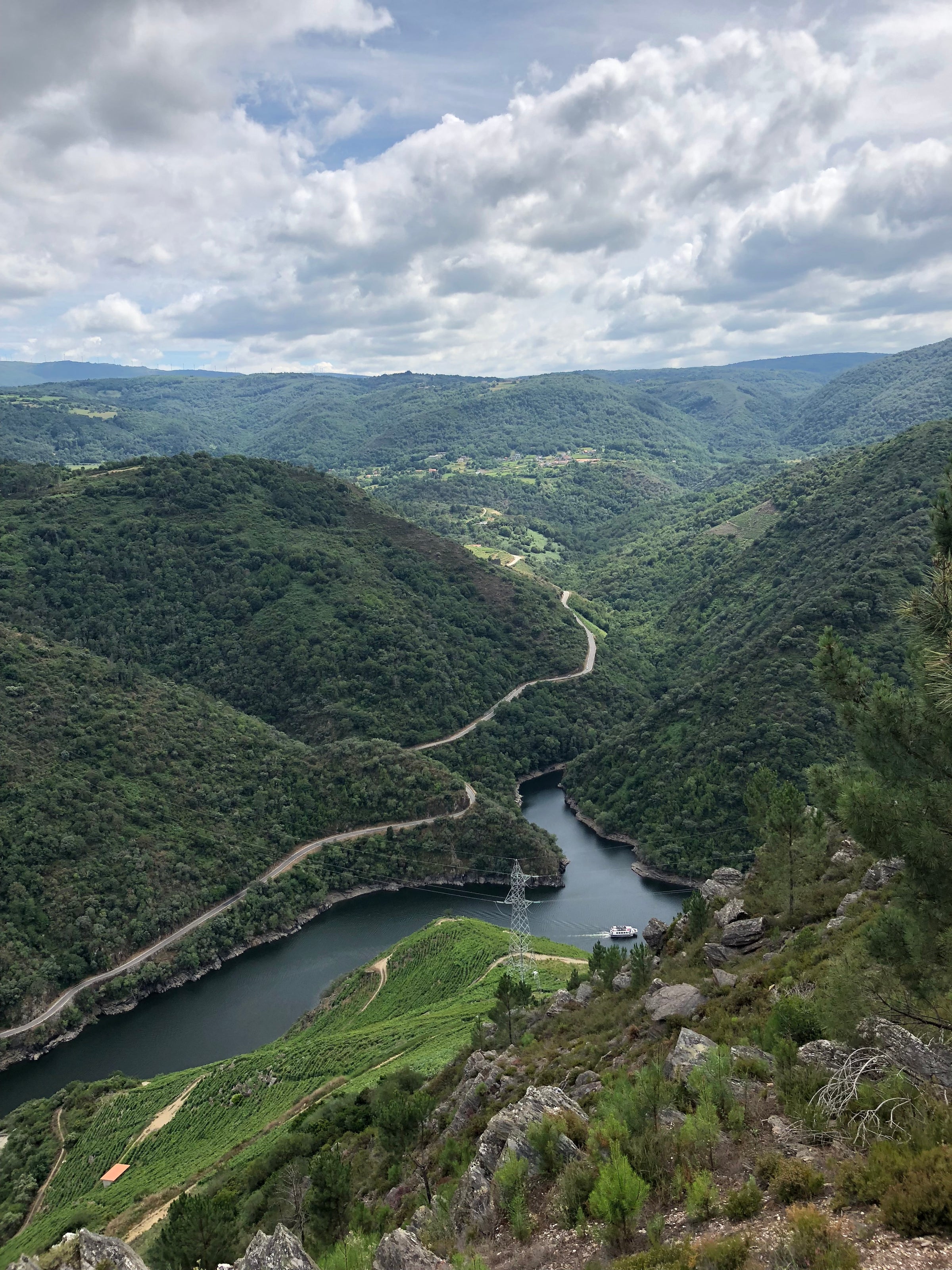Remember this name: Laura Lorenzo – and don’t be surprised when in two years she is one of the most celebrated young names in European wine. Perhaps only once every few generations, a pioneering new winegrower completely redefines how their region is understood and appreciated by the global wine world.
Laura is that winegrower and this offer is a thrilling introduction to her undeniable vision and talents. Francophiles will discover a deep and immediate connection to Laura’s wines. Her hillside granite and slate vineyards impart the vivid red fruit of Morgon and the savory aromas of the Northern Rhône, but with a mystery and soul that is entirely Spanish. This is truly one of the most gorgeous wine regions in the world, with impossibly steep slate hillsides and glowing autumnal vineyards from which many of my most cherished contemporary Spanish red wines originate. I have anxiously waited throughout two years of sustained and ever-growing buzz for these bottles to arrive in California and Laura’s first vintage is finally here – and boy does it deliver! To say Laura’s wines are limited and sought after would be an understatement. In fact, they are virtually invisible, with less than 30 cases of most cuvées entering the US.
Laura says she has always loved wine. As a child growing up in rural Galicia, she was drawn to the older women working in nearby hillside vineyards and the mysterious beverage casting a magical glow over family meals in her small home. This fascination followed Laura through adolescence and all the way to her 16th year when she left high school to enroll in enology school. In the early 2000’s Laura honed her talents locally with Galicia’s Adega Cachín before broadening her horizons in South Africa with Eben Sadie and then finally with Achaval-Ferrer in Argentina. This diversity of experience armed Laura with a breadth of skills and perspectives with which she returned home to her first lead winemaking position in Galicia at Dominio Bibei. Across her ten year tenure at Bibei, Laura developed and ultimately perfected her own unique style and voice in the cellar. Her final vintages in the early 2010’s at Bibei were celebrated by Sommeliers and as some of the finest tuned and expressive wines to ever come out of the region.
After 15 years of learning, watching and working for others, Laura Lorenzo is controlling her own destiny as the owner and winemaker of her own cellar and vineyards, DaTerra Viticultores. First and foremost, Laura sees herself as a grape farmer and steward of the land and its deep agricultural traditions. Her work in the vines is focused around the village of Manzaneda in the Ribeira Sacra’s southeast Quiroga-Bibei subzone. This area is markedly warmer with olive trees, wild provençal herbs, and undulating hillsides. For this wine, “Portela Do Vento”, she works with organically grown 30- to 60-year-old Mencia and a small portion of Garnacha Tintorera planted on granite and sand at 1,500-2,200 feet elevation. Laura harvests the fruit in late September before fermentation in stainless steel with 20% remaining in whole clusters. The wine is then aged in 500 liter neutral French oak before bottling and resting until release the following Autumn. This wine is an introduction to her more serious portfolio of wines, some as low as 600 bottle production!
The 2015 Portela do Vento has a dark crimson red core with light ruby reflections throughout. The nose is alive and full of pristine fruit with savory accents. As it opens up you encounter aromas of freshly crushed wild raspberries, red cherries, pomegranate seeds, wet, wild flowers, damp leaves, crushed slate, wet tobacco and white pepper. The palate is medium bodied, with round tannins, and notes of crushed wild berries, red currant, dried herbs, crushed flowers, crushed black rocks and a distant touch of salt-cured meat and olive on the finish. Over the next few years this wine will develop a wealth of deeper, more exotic savory notes. Laura is making stunning wines, easily on par with my favorites from the Northern Rhône and Southern Burgundy. So, while this cuvée is a perfect mouthwatering companion to savory autumnal cuisine, I want to stress that – just like any bottle of 2015 Côte-Rôtie or Morgon – this bottle has not even realized its full potential, and you will be handsomely rewarded for reserving some bottles in your cellar. My expectation is that as Laura’s reputation continues to grow, these bottles will only become more scarce. Still, for those who like me enjoy experiencing a wine’s youthful energy and vibrancy, I want to stress that this bottle will benefit from significant exposure to air. Please decant for a minimum for 30 minutes before serving in large Burgundy stems, just above cellar temperature (55-60F). Then, raise your glass to Laura’s hard work and dedication and celebrate the arrival of one of Spain’s brightest and most exciting new stars!





